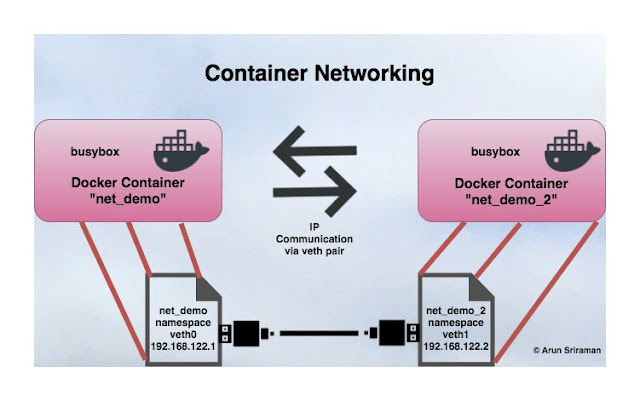AT&T and IBM Watson Collaborate on Industrial IoT Analytics
 The goal is to give enterprise customers better insight on IoT data.
The goal is to give enterprise customers better insight on IoT data.
Fujitsu Targets SD-WAN at Smaller-Sized Businesses
 It’s focusing on E-Line service for an underserved market.
It’s focusing on E-Line service for an underserved market.
Worth Reading: Optical encryption moves to ubiquitous
The post Worth Reading: Optical encryption moves to ubiquitous appeared first on 'net work.
Datanauts 076: Understanding AWS Vs. Azure
The Datanauts talk with Eric Shanks about the differences between AWS and Azure, how organizations choose a public cloud provider, the reasons application architecture are so critical, and how to deal with worries about cloud lock-in. The post Datanauts 076: Understanding AWS Vs. Azure appeared first on Packet Pushers.Video: Software Secures the World
Martin Casado doesn’t have a proper job since he left VMware. This gives him times to think deeply about the future of IT security as part of his role of wasting investors money at A16Z and considering where the next advances or futures will be. This video makes a lot of sense to me.
Once upon a time, we thought of security measures as being built like a wall around a medieval city. Then, as threats grew in complexity, we began to think of it more like securing a city or nation-state. Finally, security grew alike to aerial warfare — mobile, quick, wide-ranging. Each of these new modes for thinking about security represented a major misalignment between the security threats that had evolved and our strategies/tactics for dealing with them.
Now we are once again at another such major misalignment — thanks largely to the cloud and new complexity — requiring both a shift in how we think about and respond to threats. But we also have security “overload” given the vast size of our systems and scale of notifications.
How do security threats develop? How should CEOs and CSOs think of planning for them? What role will AI and Continue reading
Container Namespaces – How to add networking to a docker container
Today, lets deep dive into adding interfaces to a container manually and in-turn gain some insight into how all of this works. Since this discussion is going to revolve around network namespaces I assume you have some background in that area. If you are new to the concept of namespaces and network namespaces, I recommend reading this.
Step 1: We will first bring up a docker container without networking. From docker docs, using the --network none when running a docker container leaves out container interface creation for that docker instance. Although docker skips network interface creation it brings up the container with Continue reading
